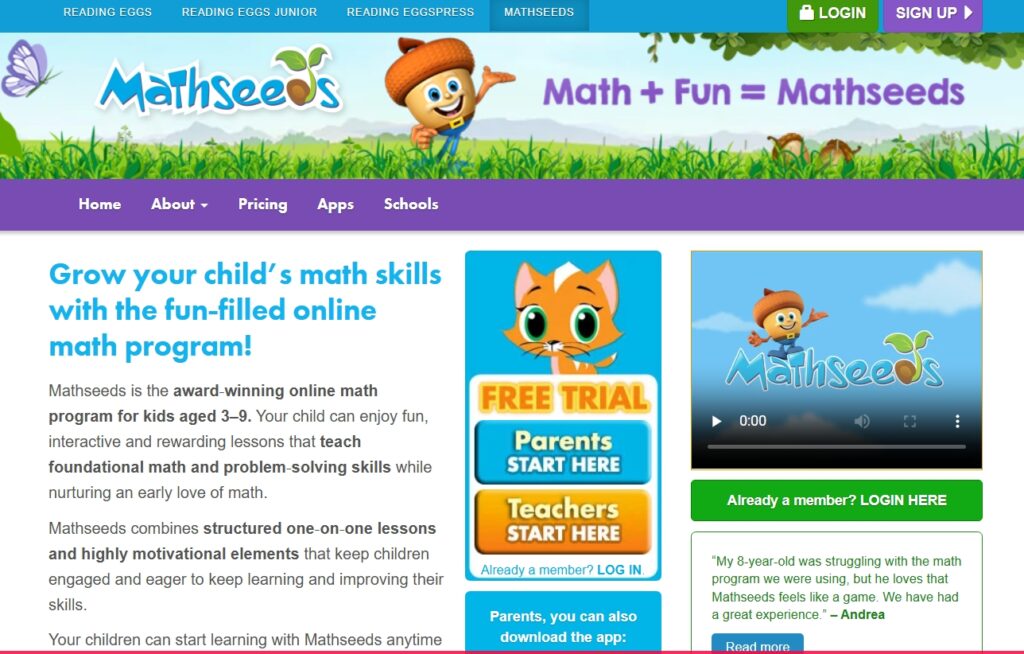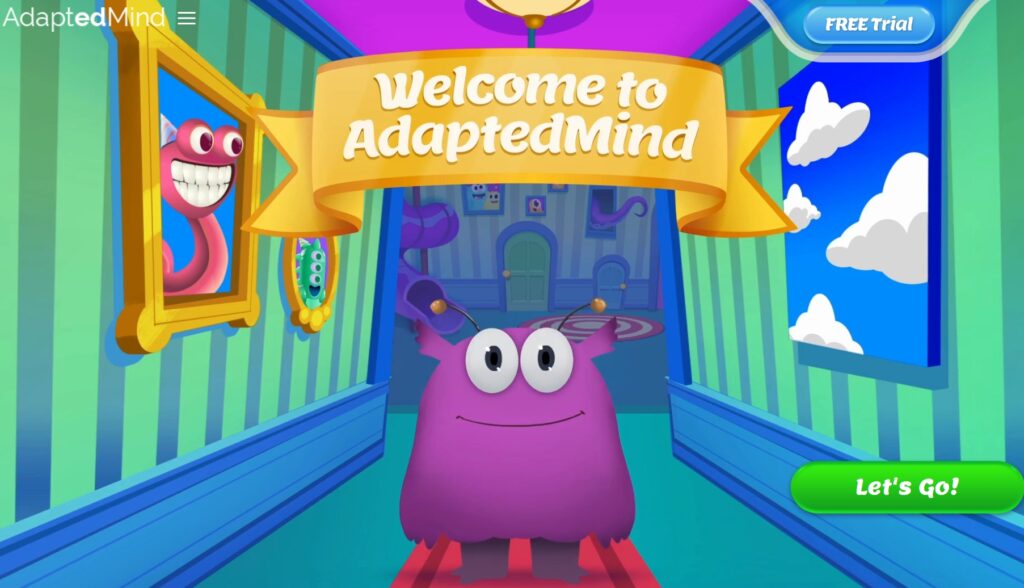Weekly Reflection Post #6 – Math Gamification

This week we explored the world of gamification! I’m pretty sure this word was not in the dictionary when I was in elementary school.
gam·i·fi·ca·tion ˌgā-mə-fə-ˈkā-shən
: the process of adding games or gamelike elements to something (such as a task) so as to encourage participation
One of the games that we looked at was Prodigy math games. We were asked to log in and play around for a while. I think I spent about 15 or 20 minutes in the program and in that time I answered two math questions, which were barely math questions. One was to identify a rectangle and the other a parallelogram. Most of the time was spent reading the screen and maneuvering a little avatar around. I barely got to the actual world map of the game before I exited it. I wasn’t impressed. I have seen this program used in schools, and I don’t remember it being like this, so perhaps I was just in the introductory phase and it was actually going to get to the math part soon. I don’t know.
I think there are other math apps and websites that are better. Here are some of the ones that I’ve seen used in classrooms or have used with my own kids when they were learning at home.
Math Seeds

PROS AND CONS for Math Seeds
- Engaging and fun
- Adapts to individual needs and abilities
- Comprehensive coverage of topics
- Easy to use
- Lots of games
- Offers a placement test for students
- Parents can check on child’s progress
- Uses rewards and celebrations
- Multi-sensory
- Canadian
- Limited age range of 3-9 years old
- Subscription based website (might be available through school districts or home learning)
- Limited hands-on approach
- Recommends a workbook to supplement learning
IXL Math

PROS AND CONS for IXL Math
- Adapts to child’s abilities and learning level
- Self-paced and tracks progress
- Pre-K – Grade 12 topics
- Teachers get immediate stats on learning progress
- Teacher support
- Student earn points and rewards for completing levels / topics
- Has more than just math
- Has included province-specific curricular goals
- Some reported usability issues
- Repetitive questions
- Drilling provides lack of real-world scenarios
- Points are taken away for wrong answers, which can feel punitive for students
- Might need to supplement in certain content areas
- Subscription needed for more than 10 questions a day
- No lesson plans available
Adapted Mind

PROS AND CONS Adapted Mind Math
- Customized Learning Plans
- Teaching snipets if you get a wrong answer
- Pre-K – Grade 8 content
- Engaging games and activities
- Progress tracking
- Colourful monsters are the characters
- Subscription based
- Technology glitches reported by users
- Colourful monsters might scare some kids
- Not Canadian
Matific

PROS AND CONS Matific
- Engaging and fun activities
- Adapts to child’s abilities and learning level
- Accessible on a variety of different devices
- Parents and teachers have access
- Progress reports available
- Content for K to Grade 6
- Canadian content
- Reported bugs and glitches
- No content for middle or high school
- Subscription based
- Some reported that the cost was high
So many options…
There are so many great online learning options for math. I would say some of the biggest considerations for classroom teachers and families are that the program has Canadian curriculum connections and that it is affordable and accessible for everyone on the devices that you have at your disposable. Here are some resources to look into that have some great ideas about gamification in the classroom. I am also sharing the TED Talk that we viewed in class. I really appreciated the speakers viewpoint about how we can make something “mundaine” into something fun by making it into a game. I think this applies to topics other than math. Kids learning when they play, and games definitely fall into the game category!
5 Ways Gamification Benefits Teachers and Students | Reflex
Gamification in Education: How It Enhances Student Learning – Immerse Education
Photo by Cláudio Luiz Castro on Unsplash



